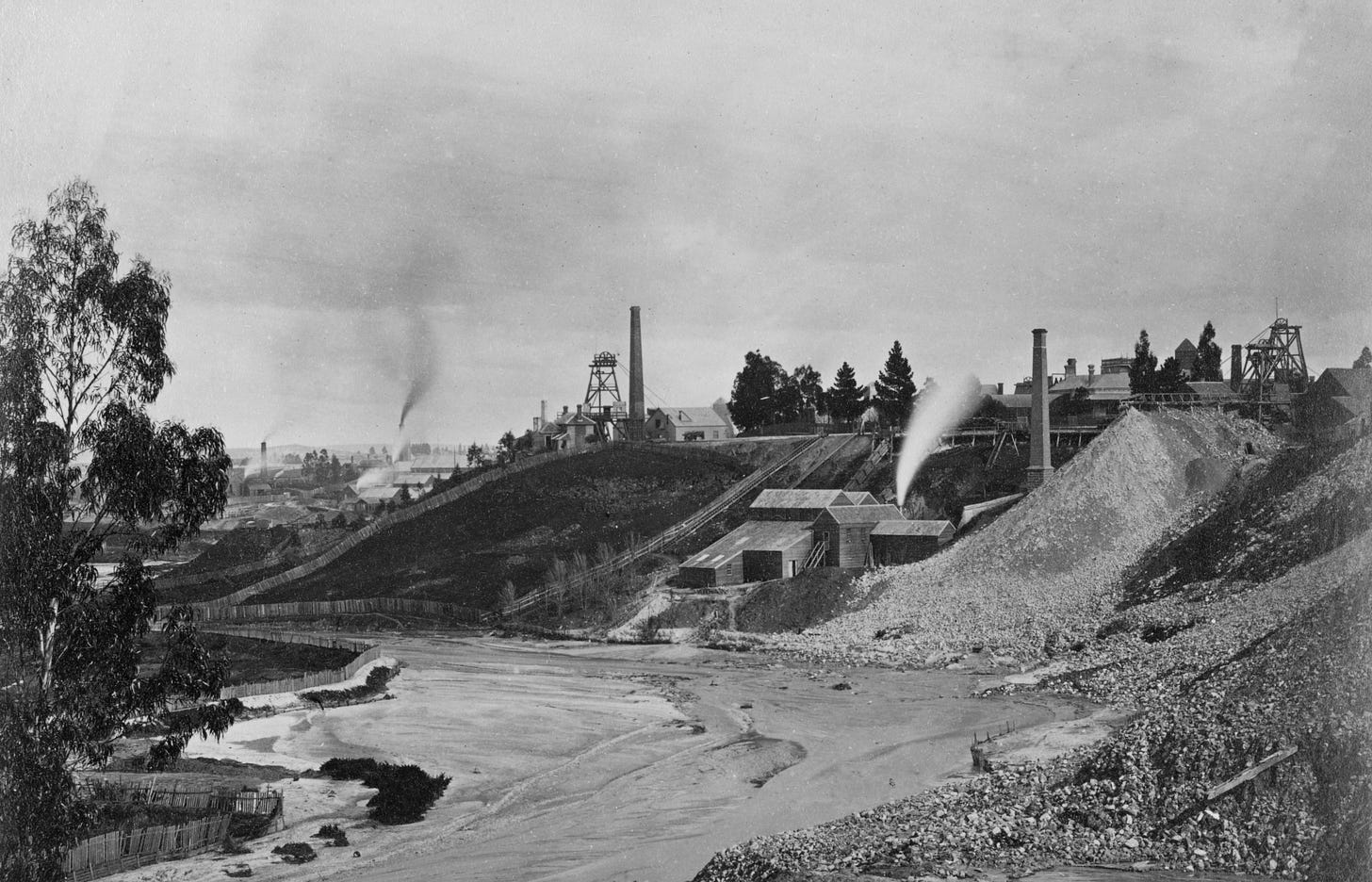Tectonic plates cause stress and need to crumple a bit. This crumpling creates folds, and the two main types are anticlines and synclines.
What is an anticline? It is an upward-arching fold in the rock layers. The rock layers bend upwards, forming a sort of arch or ridge shape. The oldest rock layers are usually found in the core (the centre) of the anticline because, as it bent upwards, the older stuff originally underneath got pushed up highest in the middle.
What is a syncline? It is the opposite – it's a downward-arching fold. It forms a trough or basin shape. The youngest rock layers are typically found in the core (the centre) of the syncline. As it sagged, the newer stuff on top got preserved in the middle of the dip.
Here is how to remember which is which…
Anticline:
Think of the letter A. An Anticline looks like the capital letter A (pointy top, slopes down).
Or, think Anti-gravity – it goes up against gravity (okay, not really, but it points up!).
Syncline:
Think S for Syncline, and how it Sinks down or Sags in the middle.
It forms a shape like a Smile (if you're looking at the layers) or a basin that water could Sit in.
In the hard rock mines of Ballarat (and many similar Victorian goldfields), the richest gold deposits, particularly the famous "saddle reefs", were overwhelmingly found associated with anticlines.
Below: Band and Albion Quartz Gold Mining Claims, Ballarat, Victoria.



My mother created a similar mnemonic for stalactites. They had to hold on tight lest they fall. Many years ago after visiting Lewis & Clark Caverns in SW Montana, USA.
Love the mnemonics!